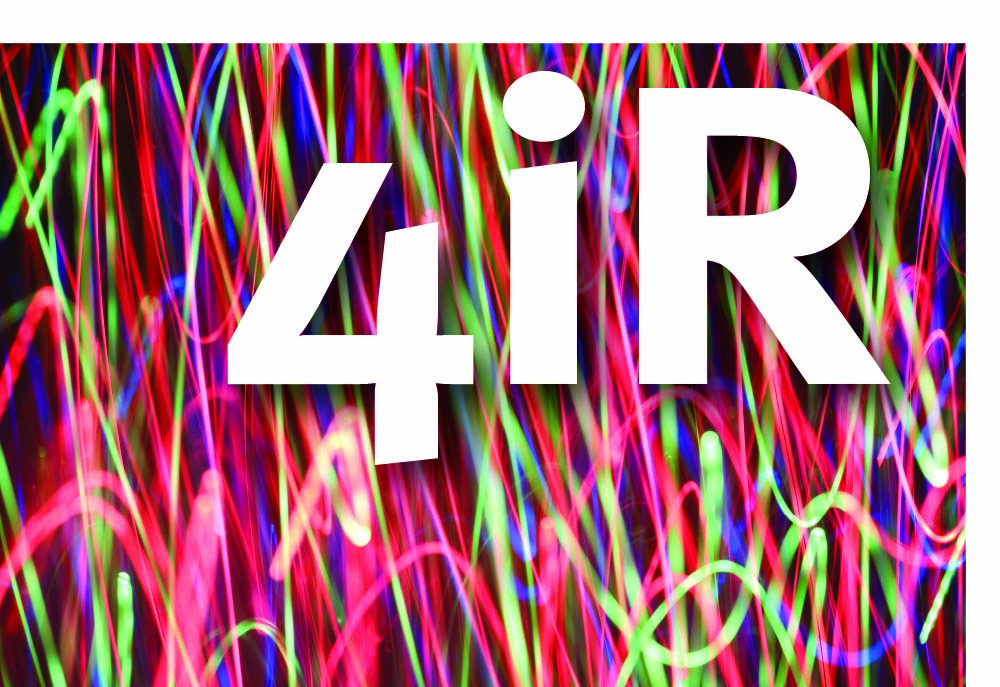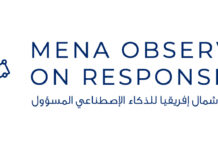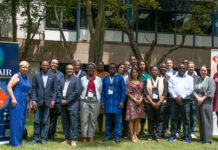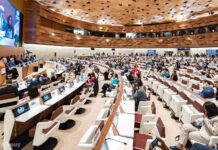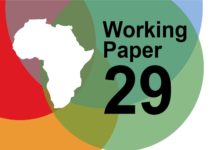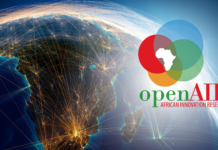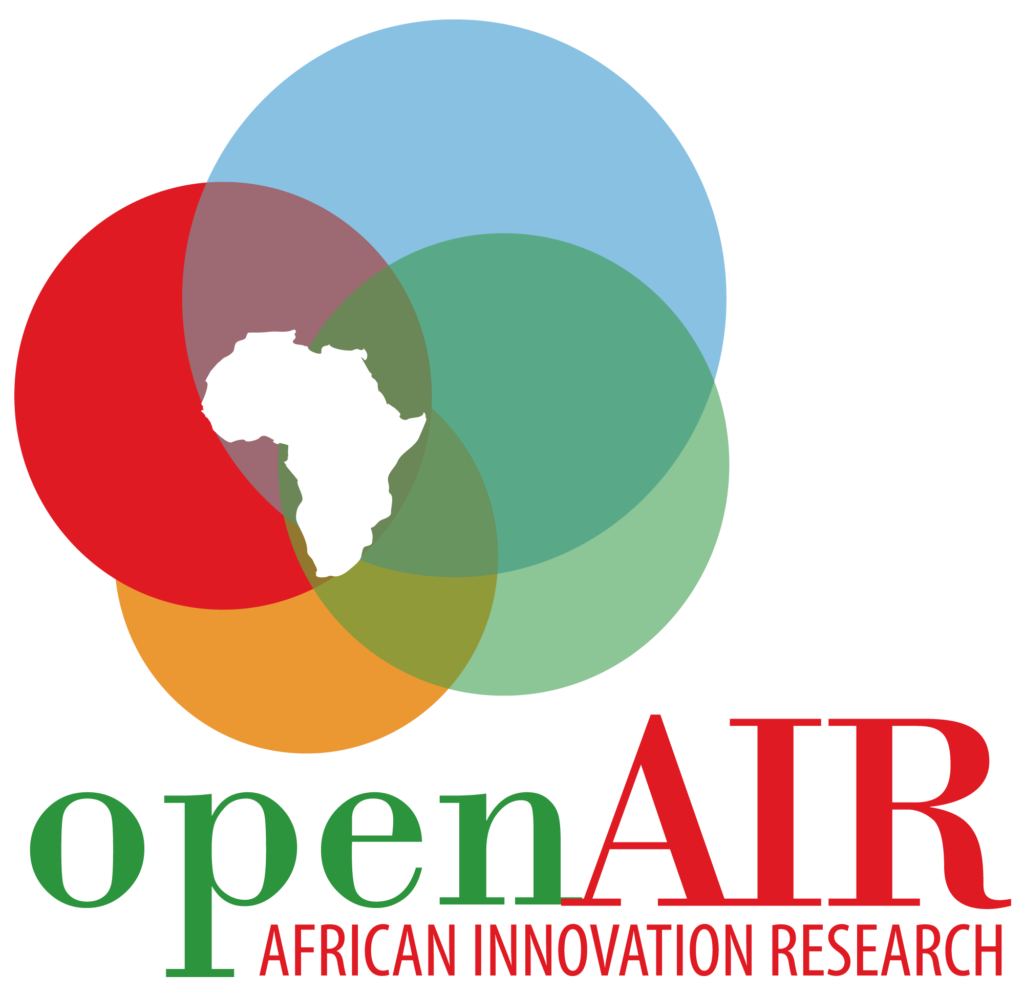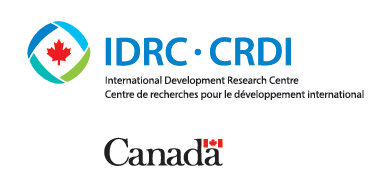By Chidi Oguamanam
The third industrial revolution (3IR) provided perhaps the most significant insights into Africa’s potential to fast-track its sustainable development. As with previous industrial revolutions, the 3IR has affected the international division of labour. Gradually, Africa and a number of economies on the periphery—so described because they were traditional sources of raw materials—have become actors in a knowledge-driven competition, which is the hallmark of the 3IR.
The entrepreneurial uptake of computer technology, and the increasing entrenchment of digitisation, most importantly the internet and the entire information and communications technology architecture, have made Africa a demonstrable source of intellectual power in the digital sphere.
As the world’s youngest continent, a majority of Africans are “born digital.” Parts of the continent are home to vast technology hubs and start-ups driven by its youth, now set to disrupt the old order and invert the narrative of African innovation.
The world economy is presently transitioning into the fourth industrial revolution (4IR). Analysts characterise the 4IR as the melding of technologies with faint demarcations across physical, digital, and biological boundaries. Its hallmarks include exponential applications of digital technology with unparalleled migration across all industrial domains and geography, resulting in disruptions in systems of production, consumption, marketing, management, entrepreneurship, governance, and in social and firm cultures. Some have framed these features into phenomena such as digitally enhanced network effects and the internet of things.
At the core of the 4IR is valorisation of data, increasing dynamics of its usage, and the ongoing contestation over its accessibility and status as both proprietary assets and as global public goods. In terms of manifestations, the 4IR is now associated, amongst others, with artificial intelligence, robotics, 3D design and printing, big data, virtual currency, and blockchain technology.
Positioning Africa for the fourth industrial revolution
In the 4IR, Africa’s major challenge is to leverage, optimise, and diffuse its significant gains made during the 3IR. According to Alex Liu, Africa’s future is more effectively located in 4IR-style innovation, rather than old-style industrialisation. With an impressive record at 13 percent above the global average in early-stage entrepreneurial activity, we can be optimistic that “Africa has definitely grasped the promise of the 4IR.”
“[M]ore than 400 tech hubs have sprung up across the continent, with Lagos, Nairobi, Cape Town emerging as internationally recognized technology centres. These cities now host thousands of start-ups, along with the incubators, accelerators, innovation hubs, maker spaces, technology parks and co-working spaces that support them.”
Building on this trend, two factors are critical.
The first is the continent’s ability to engage in strategic partnerships for innovation and sustainable development. This can be advanced pursuant to Goal 17 of the Sustainable Development Goals (SDGs) and Agenda 2030. The second is through a coordinated continental commitment to a flexible approach to intellectual property protection and an open innovation culture, as inspired by the Open African Innovation Research partnership.
Strengthening partnerships for African innovation
Sustainable Development Goal 17 focuses on strengthening the means of implementation and revitalisation of the global partnership for sustainable development. Strategic and coordinated partnerships at sub-regional, regional, and global levels focusing on how best to coordinate African innovation are needed.
The World Economic Forum’s Readiness for Future Production Report 2018 finds that despite the prevalence of tech platforms and innovation capacity or potential, other factors are critical such as institutional structures, appropriate skills, competitive trade and investment incentives, and sustainable demand.
Notwithstanding Africa’s impressive credentials in technology start-ups, continental efforts remain fragmented and uncoordinated. Consequently, African technology start-ups experience higher than average failure rates.
In addition to the African Union’s championing of the African Continental Free Trade Area, adopted in 2018, other initiatives such as the Africa50 infrastructure fund and the Africa Growth Platform are potential tactical catalysts to rally private and public partnerships to enhance a coordinated and organic approach to a continent-wide innovation ecosystem that could leverage the transformative opportunities of the 4IR.
Goal 17 is arguably the least discussed SDG, yet it is the glue that holds the 16 other goals together. It is at the core of their individual and collective implementation.
Its target on technology is to “Enhance North-South, South-South and triangular regional and international cooperation on and access to science, technology and innovation and enhance knowledge sharing […] through improved coordination among existing mechanisms […] and through a global technology facilitation mechanism.”
As a priority, Africa should liaise with multistakeholder partners pursuant to Goal 17 to create partnerships that enhance the continent’s ability to optimise its strengths and potentials in the 4IR.
Coordinated regional priority around intellectual property flexibility
The second factor that is critical to Africa’s strategic positioning in the 4IR relates to intellectual property and alternative knowledge governance. African countries remain under pressure to commit to stronger intellectual property protection amidst the increasing relevance of open and collaborative models of innovation.
Never before has a flexible approach to intellectual property been a compelling policy choice for Africa. Intellectual property flexibility ensures that exceptions and limitations to intellectual property free up artificial scarcity on information and knowledge goods which are critical assets to the collaborative tenor of knowledge production in the new industrial epoch.
Data is the raw material that fuels the 4IR. Data analytics are a key driver of artificial intelligence and machine learning. Copyright flexibility is necessary “to develop innovative techniques of data analysis without holdup from copyright holders.” However, transnational copyright holders continue to oppose the flexibility in intellectual property laws and the copyright system which fledgling African innovators need to access and malleably deploy data in the 4IR.
According to Andrew Rens, innovative data localisation techniques will feed off local artificial intelligence in Africa and advance Africa’s interest in the 4IR. But at international and national levels, Africa’s interest in flexible exceptions and limitations to copyright faces stiff resistance from developed countries.
This is the case at World Intellectual Property Organization Standing Committee on Copyright and Related Rights. At the national level, South Africa—perhaps the only African country with a dedicated policy on the 4IR—made copyright reform a key issue. However, there is opposition to the copyright amendment bill from legacy industries and content intermediaries.
Without these flexibilities, South Africa and indeed Africa will become “a source of raw data, processed in countries perspicacious enough to deploy copyright flexibilities.”
Looking ahead
In order to effectively propel the progress Africa has made on innovation since the 3IR into the 4IR, it is important for the continent to tap into the promise of SDG 17 to court new partnerships and ensure effective coordination of its burgeoning innovation landscape. The continent’s interest in a flexible and pragmatic approach to intellectual property, especially copyright flexibilities, needs to be coordinated as a crucial regional priority.
While Africa courts these partnerships and strategizes around intellectual property, there is need to ensure that the continent’s strides in the digital sphere and its repositioning for the 4IR prioritises the diffusion and scaling of current and future progress across the entire continent. Africa’s progress in technology and innovation, and its preparedness for the 4IR, are not even; they have yet to impact on the continent’s poorest countries.
This article was originally published by Trade4Dev.

